Heggstad Petition Overview and Filing Process
This document provides an overview of the Heggstad Petition process in California. It explains the reasons for filing as well as the steps involved in achieving a court order for trust asset declaration. Ideal for those managing estate planning and trust-related issues.
Edit, Download, and Sign the Heggstad Petition Overview and Filing Process
Form
eSign
Add Annotation
Share Form
How do I fill this out?
To fill out this form, ensure you gather all necessary information regarding the trust and the property in question. You will need to provide evidence of intent to transfer the property into the trust as an asset. Be prepared to support your petition with signed documentation and witness statements if necessary.
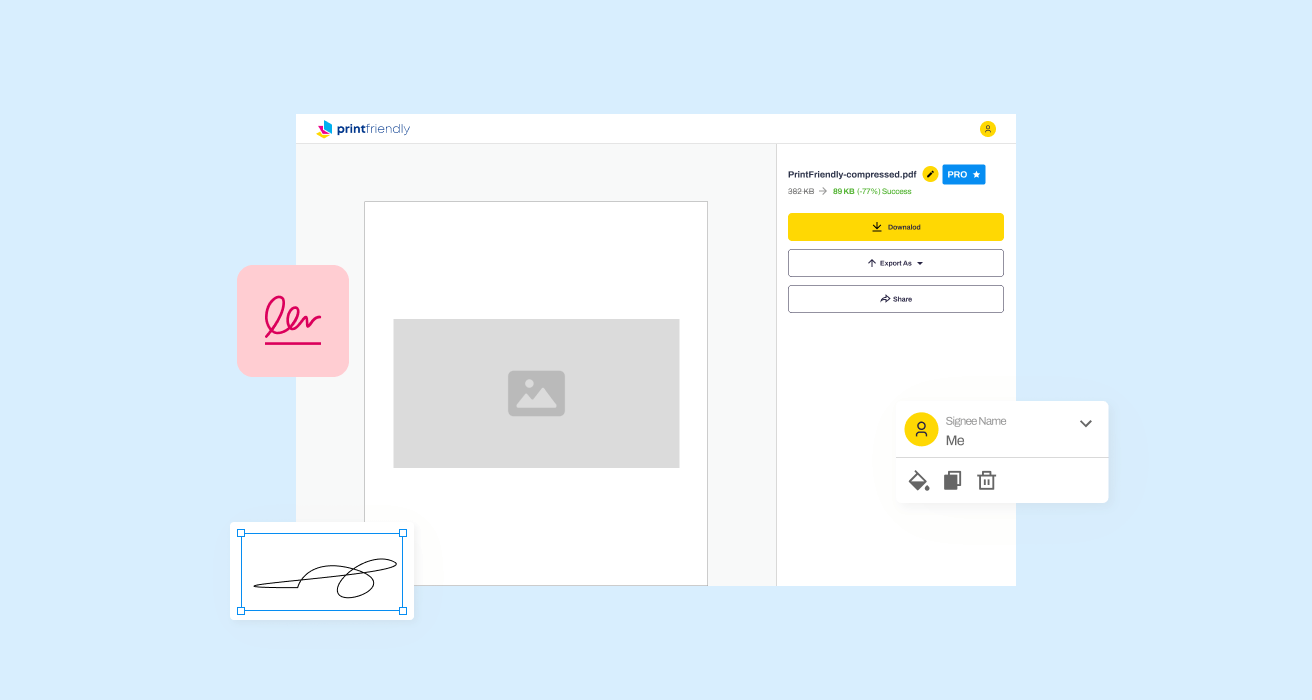
How to fill out the Heggstad Petition Overview and Filing Process?
1
Gather necessary documentation regarding the trust and property.
2
Complete the verified petition form under Probate Code Section 17200.
3
Attach the signed schedule of assets identifying the omitted property.
4
File the petition with the Superior Court and pay required fees.
5
Await the hearing date and prepare for any required testimony.
Who needs the Heggstad Petition Overview and Filing Process?
1
Trust creators who forgot to formally transfer property into the trust.
2
Heirs of a deceased person whose property was not included in the trust.
3
Individuals facing issues with imperfect transfer paperwork.
4
Trust managers needing to reinstate property back into the trust.
5
Anyone refinancing real property formerly included in a trust.
How PrintFriendly Works
At PrintFriendly.com, you can edit, sign, share, and download the Heggstad Petition Overview and Filing Process along with hundreds of thousands of other documents. Our platform helps you seamlessly edit PDFs and other documents online. You can edit our large library of pre-existing files and upload your own documents. Managing PDFs has never been easier.

Edit your Heggstad Petition Overview and Filing Process online.
Editing this PDF on PrintFriendly is simple and user-friendly. You can easily input and modify text fields directly on the document. Make changes to ensure all necessary information is accurate before finalizing your submission.

Add your legally-binding signature.
With PrintFriendly, signing your PDF is a breeze. Simply add your digital signature in the designated area with just a few clicks. This lets you complete your document efficiently and seamlessly without printing.
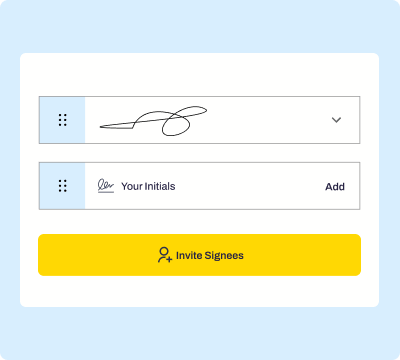
Share your form instantly.
Sharing your PDF through PrintFriendly is straightforward. You can easily generate a shareable link to distribute your document. This feature allows for quick access and collaboration with others.
How do I edit the Heggstad Petition Overview and Filing Process online?
Editing this PDF on PrintFriendly is simple and user-friendly. You can easily input and modify text fields directly on the document. Make changes to ensure all necessary information is accurate before finalizing your submission.
1
Open the PDF document in the PrintFriendly editor.
2
Click on the text you want to edit and make your changes.
3
Use the tools available to add or delete sections as necessary.
4
Review your changes to ensure accuracy and completeness.
5
Save and download your edited document for submission.

What are the instructions for submitting this form?
To submit your Heggstad Petition, print the completed form and make necessary copies for your records. Deliver the original form to the Superior Court where the trust is administered, either in person or via mail. Ensure to send a copy to all interested parties as per legal requirements and consult with a legal professional for the best practices in submission.
What are the important dates for this form in 2024 and 2025?
For Heggstad Petitions filed in 2024, be aware of the court hearing schedules and any potential deadlines for notification to interested parties. In 2025, ensure your petitions are aligned with any new legal or procedural changes that may arise. Staying aware of these dates will facilitate a smoother process.

What is the purpose of this form?
The purpose of the Heggstad Petition is to clarify the status of property intended to be part of a trust. It addresses scenarios where property was not formally transferred into the trust and seeks to establish that it is an asset of the trust nonetheless. This ensures proper management and distribution of the trust assets following the settlor's intentions.

Tell me about this form and its components and fields line-by-line.

- 1. Petitioner Information: Details regarding the individual filing the petition, including name and contact information.
- 2. Trust Details: Information about the trust that is being referenced, including its creation date and the settlor's name.
- 3. Property Description: A detailed description of the property that is being claimed as a trust asset.
- 4. Evidence of Intent: Documents or testimony affirming the settlor's intent to include the property in the trust.
- 5. Notices to Interested Parties: Names and addresses of those who must be notified about the petition filing.
What happens if I fail to submit this form?
Failure to submit this form may result in the property not being recognized as part of the trust. Consequently, beneficiaries may not receive their intended inheritance, or the property may be subject to probate proceedings. It is essential to follow through with the petition to ensure proper asset management.
- Loss of Trust Assets: Property may be treated as part of the decedent's estate rather than the trust.
- Legal Challenges: Beneficiaries may face disputes if property is not properly accounted for.
- Delayed Beneficiary Distribution: Failure to recognize trust assets can result in delays in asset distribution.
How do I know when to use this form?

- 1. Omitted Property Transfer: To rectify a situation where property was left out of the original trust transfer.
- 2. Post-Mortem Clarifications: When addressing asset allocation after a trustee's or settlor's passing.
- 3. Reinstating Property: To place previously removed or exempted property back into a trust.
Frequently Asked Questions
What is a Heggstad Petition?
It is a petition used in California to declare that property is a trust asset despite not being transferred into the trust.
Who can file a Heggstad Petition?
Typically, the trust creator or an interested party on behalf of the trust can file this petition.
How long does the process take?
A Heggstad Petition can be completed in approximately 60 to 90 days.
What is required to file this petition?
You need to provide evidence of the settlor’s intent and a verified petition.
Can I edit the Heggstad Petition PDF?
Yes, you can easily edit the PDF using the tools available on PrintFriendly.
How do I submit my Heggstad Petition?
You can submit it through the appropriate court channels as specified in the filing instructions.
Do I need a lawyer to file this petition?
While not required, it is advisable to consult with a legal professional for guidance.
What if I forgot to include a property in my trust?
You can file a Heggstad Petition to rectify the situation.
Is there a filing fee for a Heggstad Petition?
Yes, there is a fee associated with filing the petition with the Superior Court.
What happens at the hearing for this petition?
The court will review the evidence and decide whether to grant the petition.
Related Documents - Heggstad Petition Guide
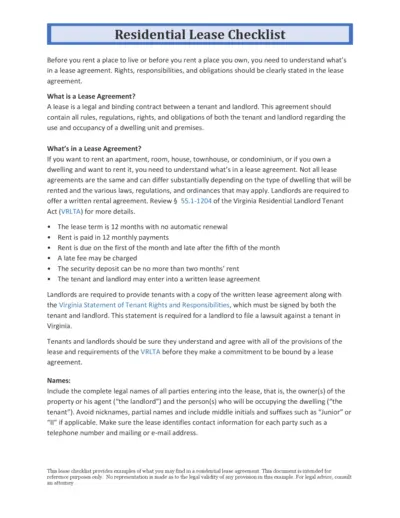
Residential Lease Agreement Checklist for Tenants and Landlords
This document provides a detailed checklist of what both tenants and landlords need to know and include in a residential lease agreement. It covers key elements such as lease terms, rent payment schedules, and maintenance responsibilities. Use this guide to ensure all rights and obligations are clearly outlined in your lease agreement.

Residential Lease or Month-to-Month Rental Agreement
This file contains a comprehensive residential lease or month-to-month rental agreement used in California. It provides details on terms, obligations, and conditions for both landlords and tenants. Perfect for those seeking a standardized rental agreement form.
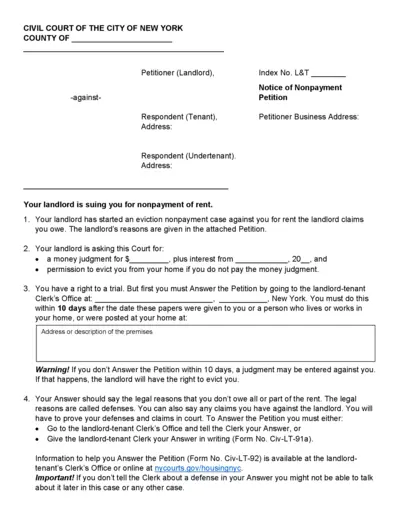
Civil Court of the City of New York Nonpayment Petition
This document is a Notice of Nonpayment Petition issued by the Civil Court of the City of New York. It details the actions that a landlord can take against a tenant for nonpayment of rent. It includes instructions on how the tenant can respond and their rights.

Form 1099-MISC: Miscellaneous Income for 2013
This file is a 2013 version of the IRS Form 1099-MISC used to report miscellaneous income. It includes fields for reporting various types of payments made to individuals or entities. The form is typically filed by payers to report income paid to recipients.
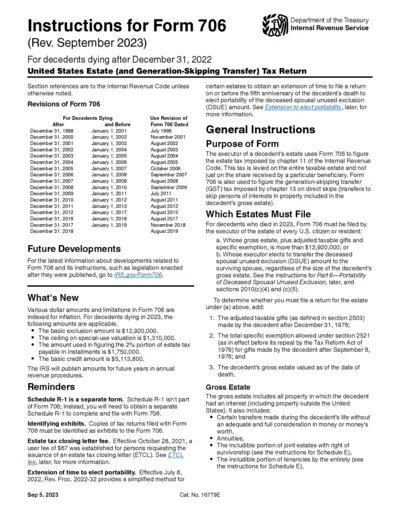
Instructions for Form 706 (Rev. September 2023)
This document provides detailed instructions for completing Form 706, the United States Estate (and Generation-Skipping Transfer) Tax Return for decedents dying after December 31, 2022. It includes information on revisions, general instructions, and specific filing requirements. The instructions also cover important updates and reminders related to the form.

PhilHealth Report of Employee-Members Form Instructions
This file provides instructions for employers on how to fill out and submit the PhilHealth Report of Employee-Members form. It is essential for employers to report new hires to PhilHealth to ensure proper coverage. Detailed instructions and requirements are included.
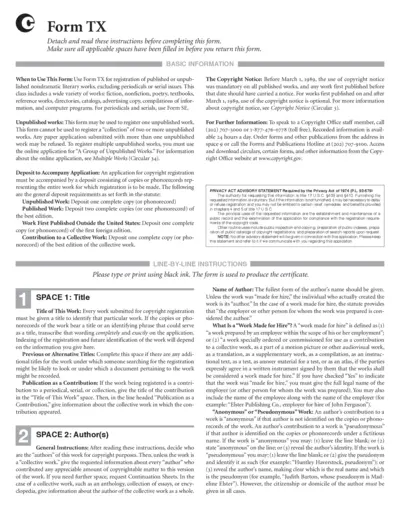
Copyright Registration Form TX Instructions
This form is used for the registration of nondramatic literary works, such as fiction, nonfiction, poetry, textbooks, and computer programs. It provides detailed information on how to complete the form, including what information is required for each section and how to submit the application. Use it to ensure your work is properly registered for copyright protection.
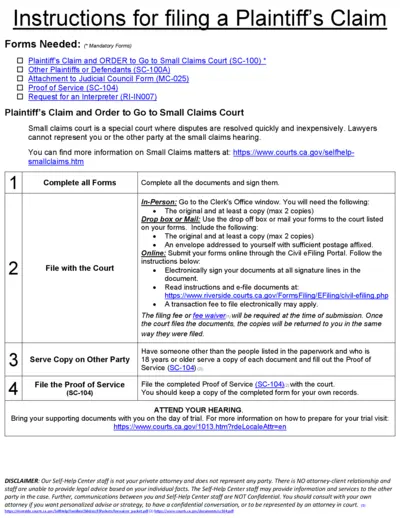
Plaintiff's Claim and Instructions for Small Claims Court
This file provides instructions and necessary forms for filing a Plaintiff's Claim in Small Claims Court. It includes details on filling out, submitting, and serving the forms. Ensure to follow the steps carefully to protect your rights.
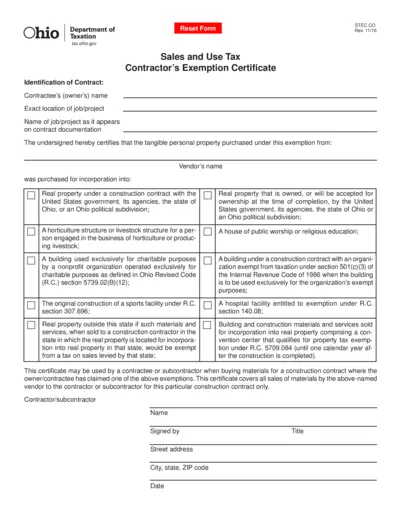
Ohio Sales and Use Tax Contractor's Exemption Certificate
This document is the Ohio Sales and Use Tax Contractor's Exemption Certificate. Contractors use this form to claim exemptions on certain taxable goods for specified exempt uses. It's crucial for contractors working with tax-exempt entities or on tax-exempt projects.
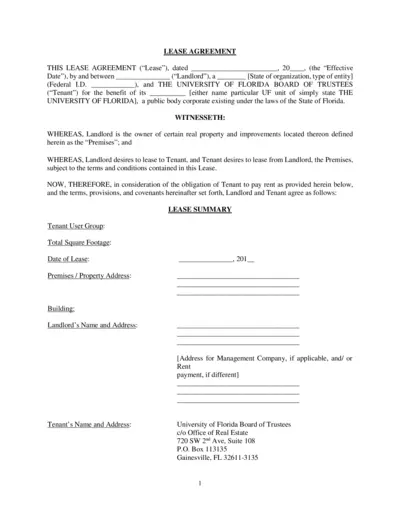
Lease Agreement for University of Florida Premises
This lease agreement file outlines the terms and conditions for renting a property owned by the Landlord to the University of Florida Board of Trustees. It covers key aspects such as lease term, rent details, improvements, and permitted use. Ideal for landlords and tenants involved in leasing agreements.
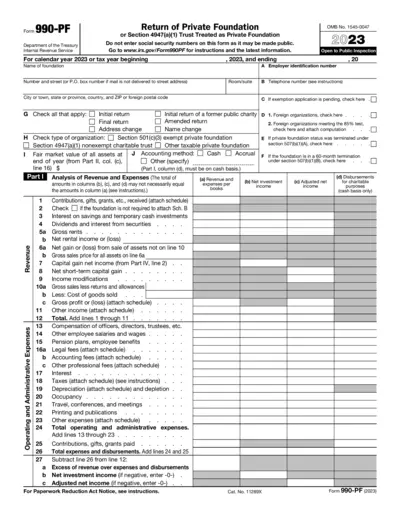
Return of Private Foundation Form 990-PF 2023
Form 990-PF is a return for private foundations required by the IRS. It includes information on revenue, expenses, and other financial details. Avoid entering social security numbers on this form.
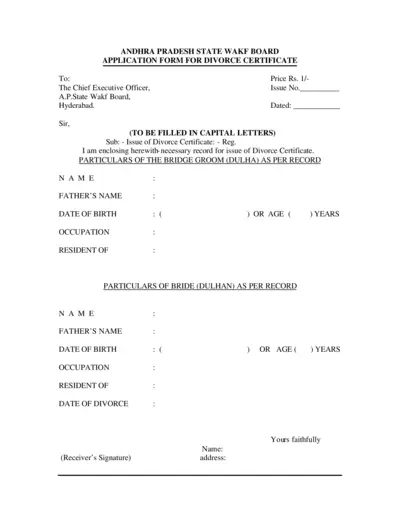
Application Form for Divorce Certificate - Andhra Pradesh State Wakf Board
This form is used to apply for a Divorce Certificate from the Andhra Pradesh State Wakf Board in Hyderabad. The form requires details of both bride and groom as per recorded information. It also includes fields for verification and office use only.